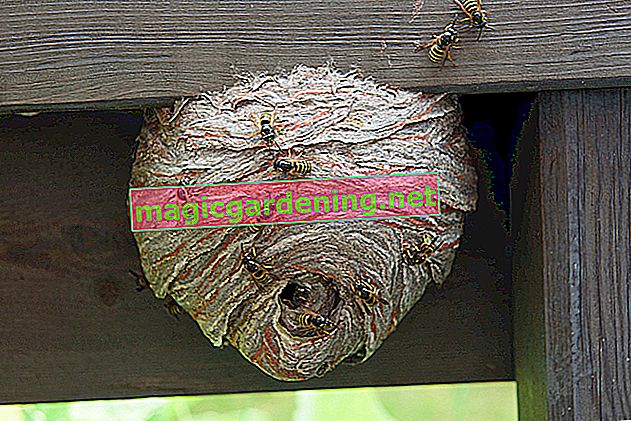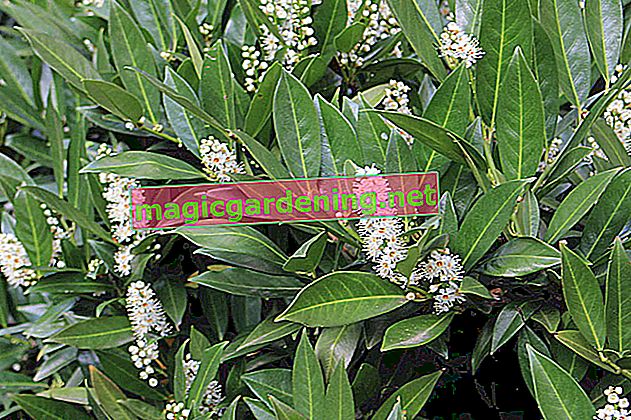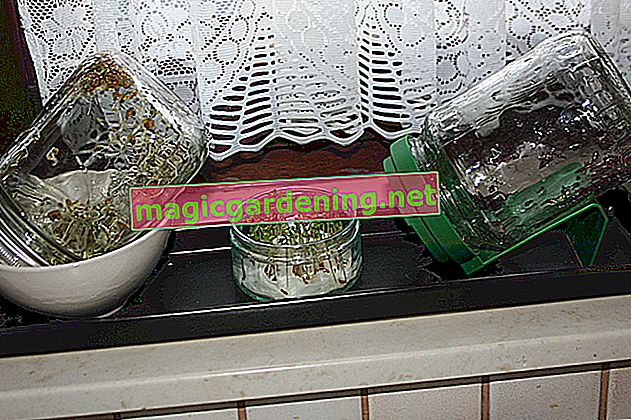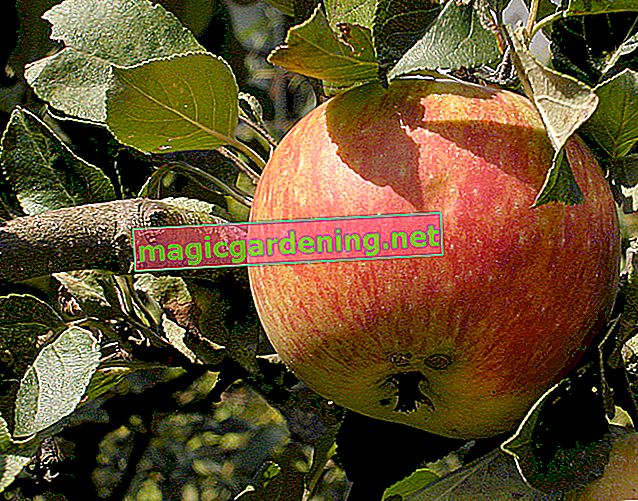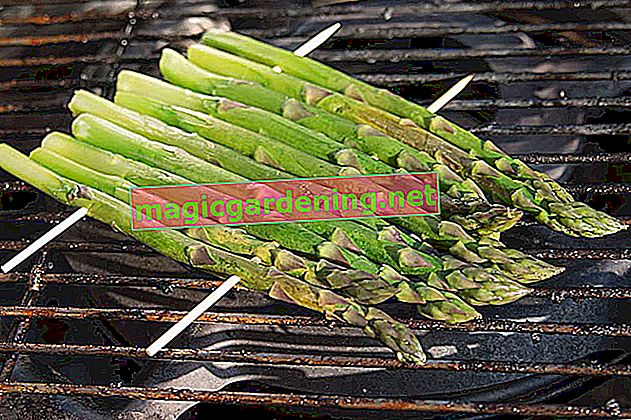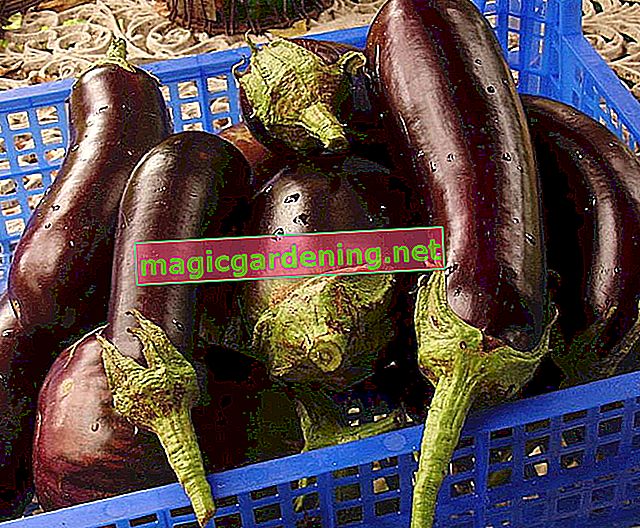
Can you plant kiwis in Germany?
Although the hardy climbing shrub is native to the subtropical regions, the exotic climbing fruit is also grown successfully by many hobby gardeners in Germany. Suitable varieties ensure good yields if a few planting and care instructions are followed.
also read
- Is kiwi fruit or vegetable?
- Interesting facts about kiwi blossom
- Optimal location for kiwi fruit
Which location is the best?
A sheltered, warm location is ideal. The kiwi plants also need a climbing aid. This could e.g. B. be attached to a south or south-west facing arbor, pergola or house wall. A high fence is also sufficient.
Which soil is suitable?
For good growth, the kiwi needs a slightly acidic, nutrient-rich, humus-rich soil. If the soil is alkaline, add some rhododendron soil or peat to the planting hole for better growth. A layer of mulch not only prevents drying out, but also keeps the pH value of the soil in a favorable acidic range.
What should be considered when planting or sowing?
Kiwi plants grown from seeds can take up to ten years to bloom for the first time. The young plants you buy, on the other hand, bear flowers and fruits after two to four years. If you want to harvest your own kiwi fruits, you should also note that you have to plant at least one female and one male plant in the garden.
Plant spacing
The dioecious kiwi plants have either only male or only female flowers. Both types of flowers are required for the fertilization process. that are not planted too far apart. The distance between the two shrubs should ideally be between 1-4 meters. A male plant is able to fertilize up to seven female plants that grow in its immediate vicinity.
Self-pollinated varieties
The self-pollinating kiwi varieties, which are also commercially available, have male and female flowers on one plant at the same time. You don't need a pollinator variety, but you will get better yields if more than one plant grows next to each other.
How are kiwi plants propagated?
The new kiwi plants are obtained from seeds or cuttings. Propagation by cuttings is also recommended. The cuttings, about 10-15 cm in length, are best cut from a woody shoot in spring and stuck in the potting soil or in a sand-peat mixture for rooting. The substrate should be kept evenly moist.
Offshoots can be easily pulled from the long shoots of the kiwi plant. To do this, you put one of the lower shoots on the ground and cover it with soil so that the tip of the shoot remains on the surface. Root formation can be accelerated by cutting the shoot beforehand. The daughter plant is separated from the mother plant after it has grown and moved.
The black edible seeds of the kiwi fruit can be sown. To do this, you soak the seeds in warm water for several days so that they can detach from the pulp. After that, the seeds are lightly pressed into the peaty earth, not covered. A greenhouse or cling film over the planter provides the necessary moisture. The germination time is approx. 2 weeks.
When is the best time to plant kiwifruit?
The container plants offered in stores can be planted from early spring to late autumn. If the shrubs are planted in early summer, they have a better chance of surviving the winter unscathed. The young shrubs planted in autumn should receive good winter protection or overwinter in a frost-free, dark room in the first year as a container plant.
When does the kiwi bush bloom?
The first flowers can often only be expected from the 3rd year of standing or later. The yellowish white flowers appear in May-June. If it is not known whether you have planted a male or female plant, you can tell by the flower at the latest. Only female flowers produce fruits.
When is the harvest time for kiwis?
The brown, hairy, oval fruits ripen in late autumn and are usually harvested unripe in the temperate climate zones in October and November. During storage, the kiwi fruits ripen until they are fully ripe for consumption. You can count on the first fruits in your own garden in the fourth year.
Tips
The fruit, originally introduced to New Zealand as Chinese gooseberry, should have been renamed kiwi by New Zealand farmers after the native bird kiwi. Under this name, the fruit spread first in England and later on the European continent.
 Self-fruiting, large-fruited kiwi 'Solissimo® renact®' 14.7 EUR Buy from baldur
Self-fruiting, large-fruited kiwi 'Solissimo® renact®' 14.7 EUR Buy from baldur  Kiwi 'Ken's Red®' (incl. Pollinator) 19.57 EUR Buy from baldur
Kiwi 'Ken's Red®' (incl. Pollinator) 19.57 EUR Buy from baldur  DUO Kiwi Tower Collection 26.48 EUR Buy from baldur
DUO Kiwi Tower Collection 26.48 EUR Buy from baldur


